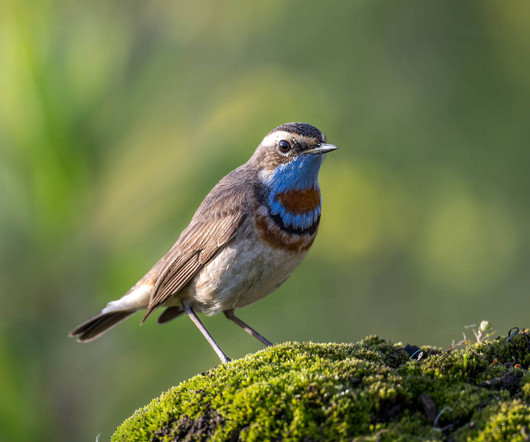The North American Model of Wildlife Conservation and Who Pays for It
10,000 Birds
DECEMBER 17, 2014
Developed in the post-frontier era, the NAMWC helped put a stop to wanton wildlife destruction in an era where many species were being hunted and trapped ruthlessly to the brink of extinction. Wilderness Act, Endangered Species Act, Clean Air and Water Acts, and similar acts in Canada. were funded by hunters and 95.1%











Let's personalize your content